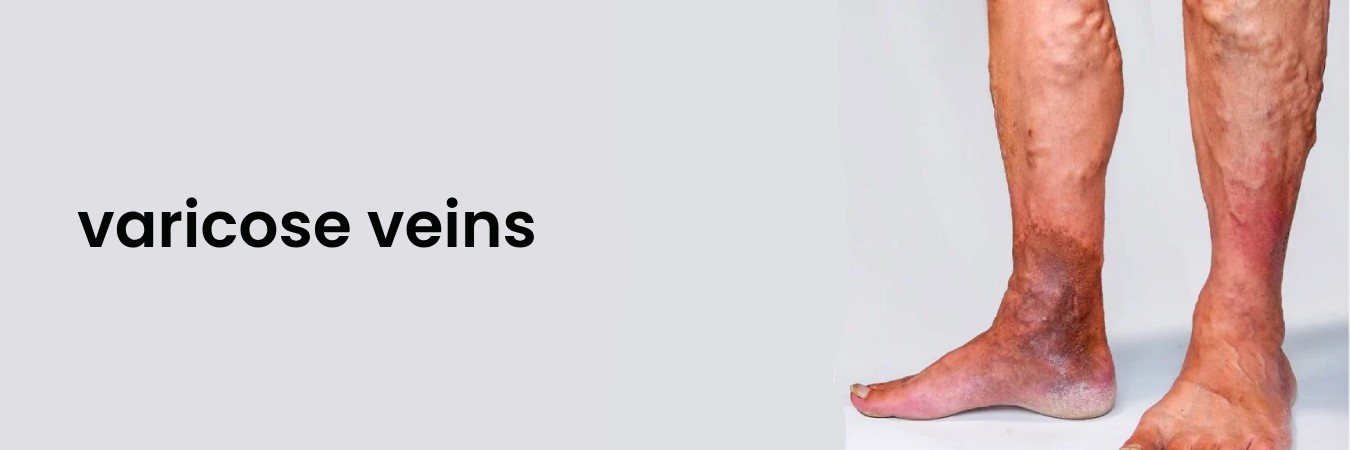Preventing Varicose Veins:
- Avoid prolonged standing
- Use compression stockings
- Refrain from smoking
- Maintain a healthy weight
- Lead a wholesome lifestyle
- Elevate legs while seated to encourage blood circulation
Beneficial Foods for Varicose Veins:
- Citrus fruits
- Avocado
- Ginger
- Chia seeds/flax seeds
- Whole grains
Diagnosis:
The accurate diagnosis of varicose veins entails a thorough evaluation by our specialized varicose veins doctors in Delhi. This evaluation includes a physical examination of the affected leg veins, complemented by diagnostic tests such as the Doppler (Duplex) test and ultrasound scan. These tests assess valve function and the direction of blood flow in the groin and legs.
At Pilotheal, our skilled vascular surgeons specialize in varicose veins treatment. For an accurate diagnosis and consultation, please reach out to our experienced varicose veins doctors using the provided phone number or the contact form on this page.
Varicose Veins Treatment:
Commonly, varicose veins can be effectively treated using methods such as:
- Ligation and stripping
- Sclerotherapy
- Laser varicose veins surgery (simple and endovenous)
- Radiofrequency treatment
- Endothermal ablation
- Ambulatory phlebectomy
Our varicose veins doctors at Pilotheal often recommend and perform laser treatment, which is a safe and cost-effective option associated with minimal risks, complications, and bleeding.
There are two main types of laser surgeries:
Simple Laser Treatment: This approach is suitable for treating small varicose veins and is performed externally. It typically requires multiple sessions spaced 6 to 12 weeks apart. During this treatment, laser heat is used to damage the vein, leading to the formation of scar tissue that obstructs blood flow, ultimately causing the vein to fade away.
Endovenous Laser Treatment: Specifically designed for addressing large varicose veins in the legs, this procedure involves numbing the surgical area and inserting a catheter with a laser fiber into the affected vein. The laser generates heat, which closes and shrinks the vein. After completion, incisions are sealed with dressings.
Please keep in mind that medical advancements may have occurred since my last update. For the most up-to-date and accurate information, it is always advisable to consult medical professionals or trusted sources.

